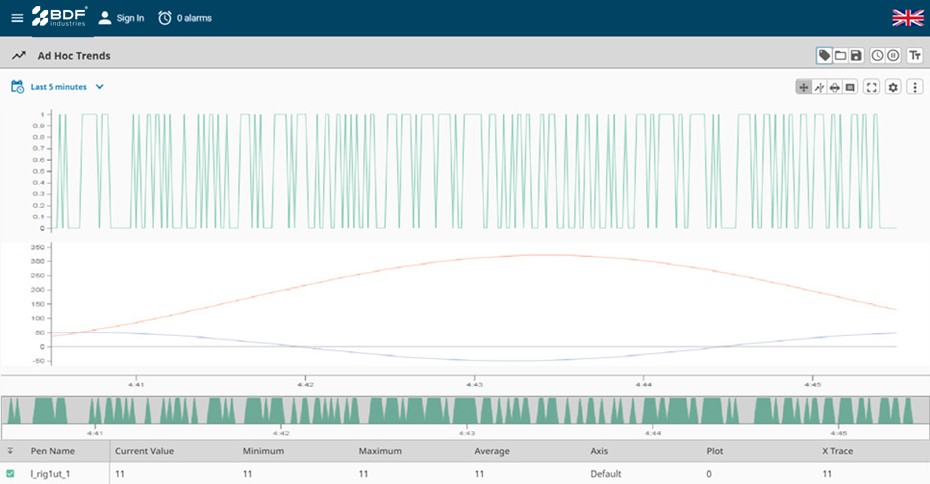Panorama 4.0 – Supervision Software by BDF
The present days are deeply focused on green challenges, which is crucial and widely accepted, given the impending 2035 and 2050 deadlines. As BDF, we have our green solutions in the Hybrid and All-Electric Radiative Conditioning Zone, as previously shared in the industry and the press. However, with our founding year dating back to 1906, it provides us with the opportunity to analyze the situation from a historical perspective.
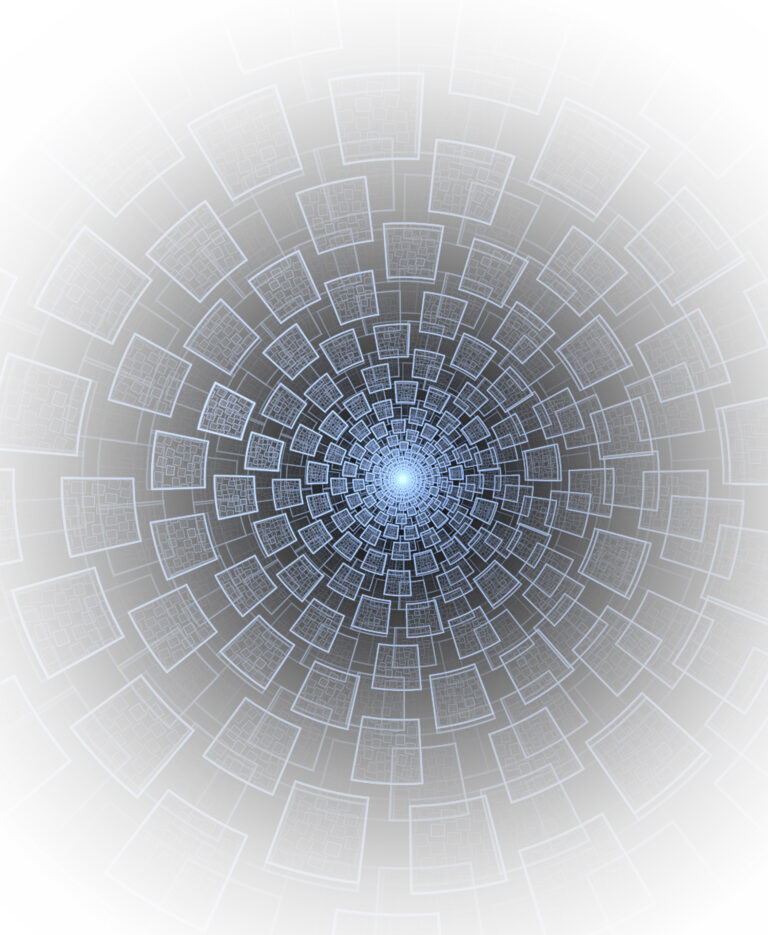
In the industry and the market, history plays a significant role in geopolitics, and looking back is often a good initial step towards shaping the future.
Let’s focus for a moment on the various solutions currently under discussion for the mission of reducing CO2 emissions. The state-of-the-art competitor in this regard, particularly in container glass production, is the regenerative furnace. Regenerative furnaces have a long history in the industry, with their initial appearance dating back to the 1850s. Since then, there has been tremendous improvement in terms of energy efficiency, especially over the last four to five decades. It’s worth noting that during these years, energy reduction has been achieved in parallel with emissions control (SOx, NOx, CO) to prevent major corrosion of the refractory material.
The Context: CO2 Emissions
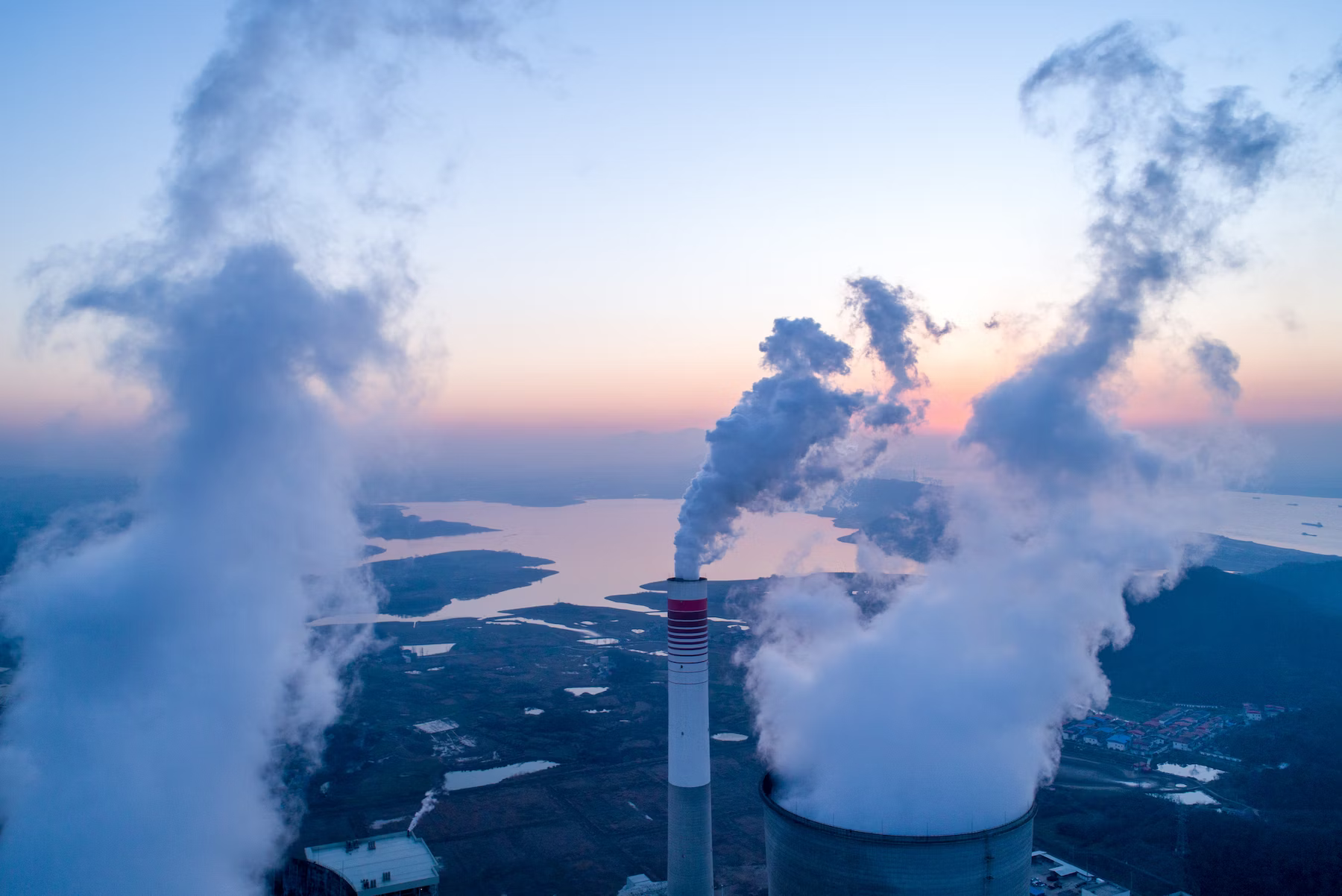
The Context: Technology

But here’s a straightforward question: how was such a significant performance upgrade possible in such a short period compared to previous advancements? The answer lies in technology, which has provided us with sensors and tools that are more precise, faster, and more accurate than ever before. This has allowed us to evaluate new materials, conduct new procedures, employ new equipment, utilize new fuels, and contribute to heat in innovative ways.
In the glass industry today, we must pay close attention not only to emissions but also to process control. For this reason, BDF R&D has focused on green solutions, as mentioned earlier, and on enhancing the level of our process control. This is achieved not only by increasing the number of sensors and the information they provide but also by organizing this data in a useful manner. The main goal is to have reliable and readily available data that allows for analysis and cross-checking.
This idea is the foundation on which BDF has developed PANORAMA 4.0™. Modern industrial process management increasingly requires real-time and statistical data from process control. To provide our customers with the ability to access real-time process data on their desks, BDF offers a solution that integrates with the basic supervision system. Glass manufacturers can now manage data from BDF furnaces, forehearths, and IS machines through this intelligent application. PANORAMA 4.0™ is the product that BDF has designed for mathematical management, enabling the acquisition and long-term historical storage of the main parameters from BDF systems.
PANORAMA 4.0™ is designed to work on a web browser, making it accessible not only on fixed workstations but also on mobile devices. The database and its historical storage are supported on standard SQL, with different versions available, such as MySQL or SQL Server.
Panorama 4.0 General Features
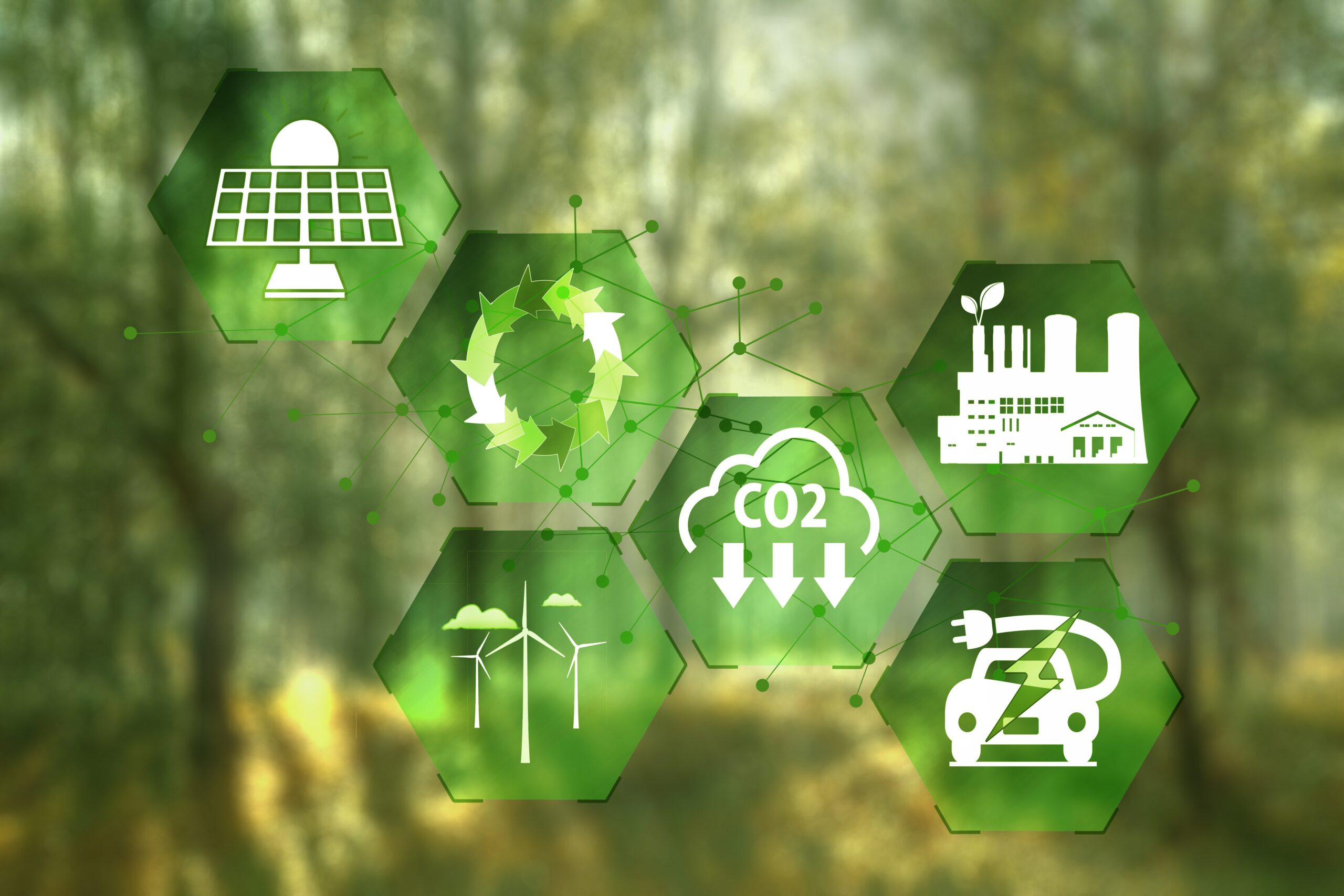
Panorama Basic Package
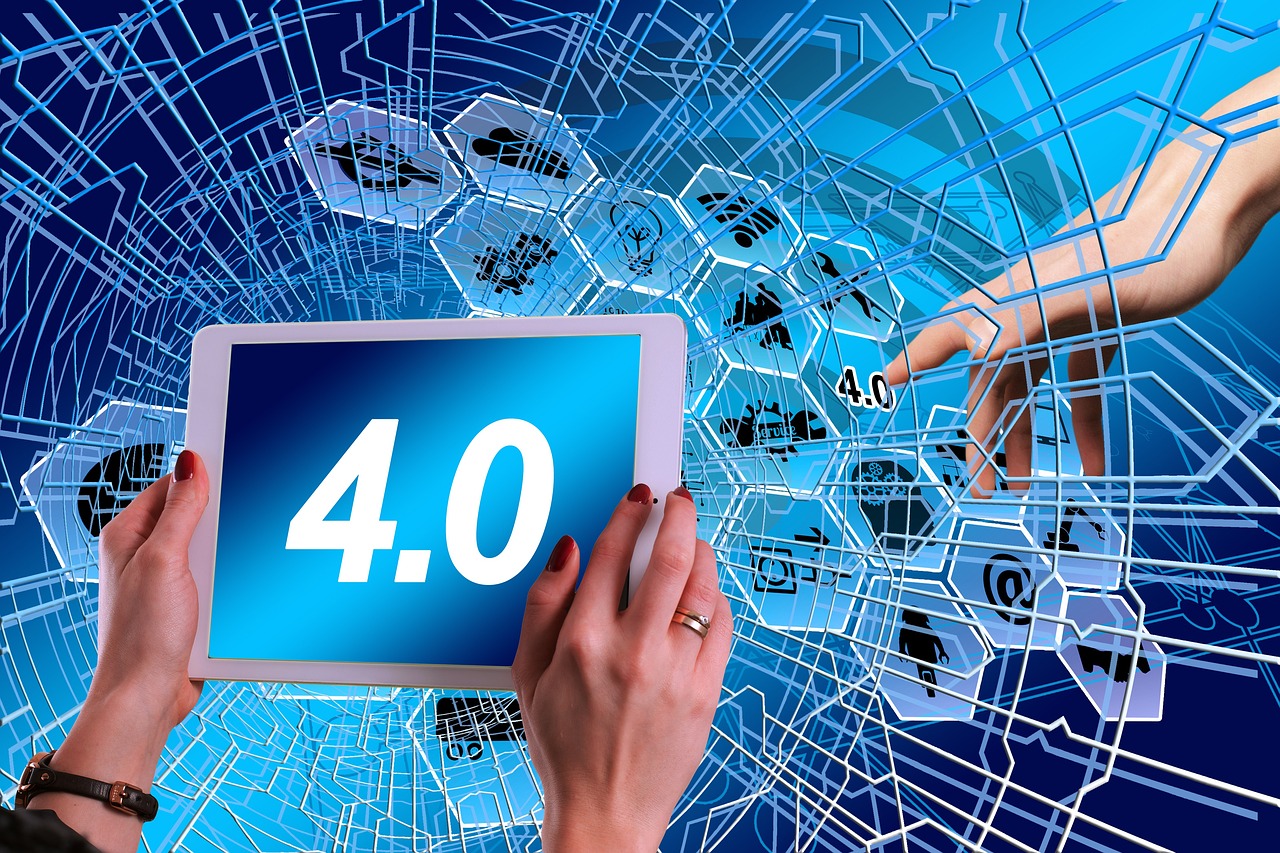
PANORAMA 4.0™ consists of various modules that make up a complete package, providing scalable management that can be adapted to each customer’s needs. The basic package includes historian storage management and enables the visualization of graphs with numerous associated functions, such as data export to Excel or CSV files. The default dashboard provided with the basic package allows for the visualization of both instantaneous and historical variables. Advanced user management ensures that each user can view only the data and functions that are relevant to them.
In addition to the basic package, PANORAMA 4.0™ offers additional modules, including alarm notifications via SMS. Its functions encompass:
- The possibility of using virtual or physical servers
- User-configurable variable display dashboards
- User-configurable production reports
- Recipe logging and BDF IS machine configuration
- Historian module
- Report module with the option to schedule and modify automatic report emissions
- Alarm notifications via email or SMS
- Multi-Plant Architecture for gathering data from several plants of the same glass manufacturer
Panorama Additional Modules

Panorama Configuration
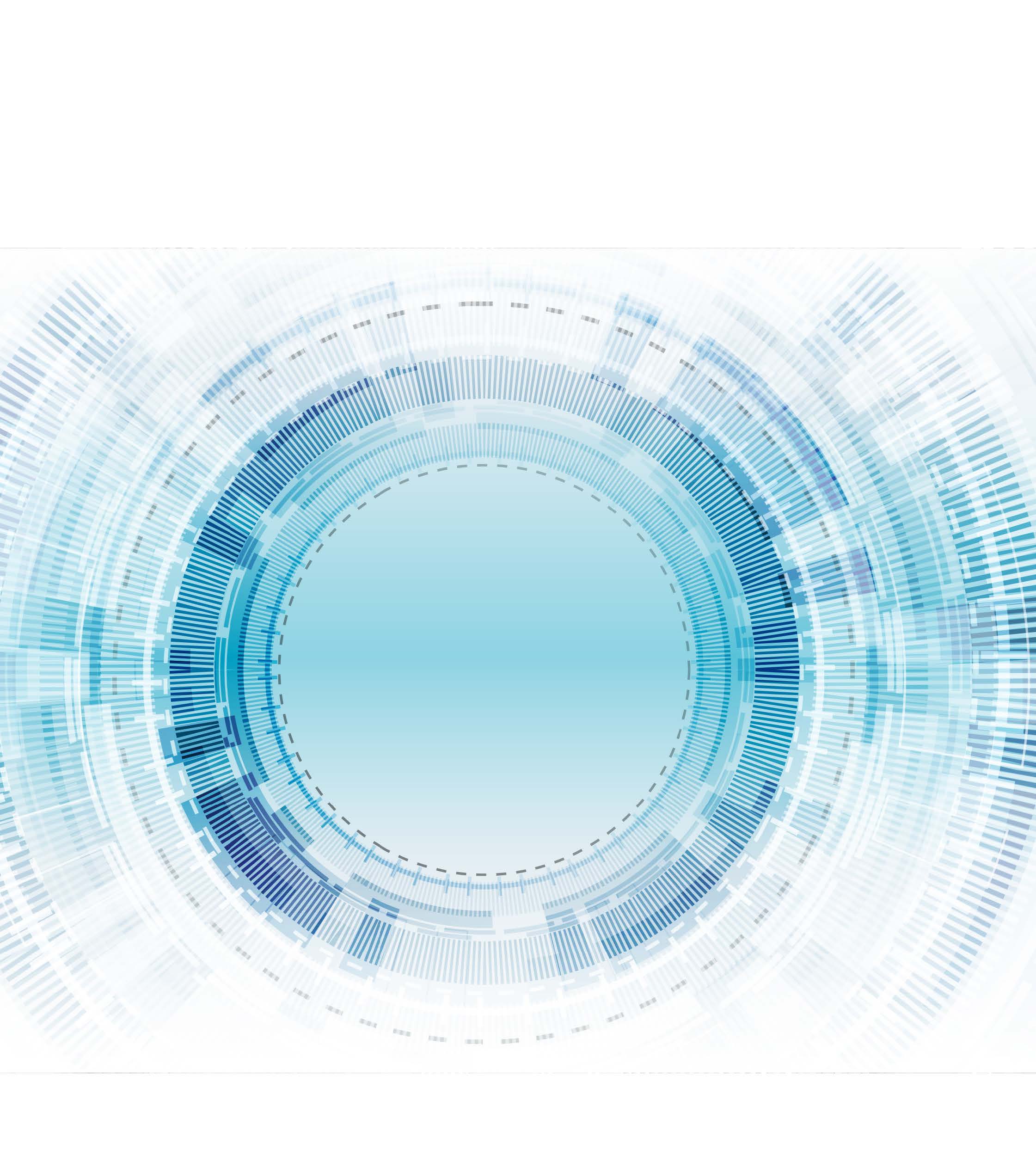
Thanks to this infrastructure, PANORAMA 4.0™ can serve as an information concentrator for several production sites within the same organization. The data logger function can be integrated into the base server module in the case of a centralized structure for a single production site. However, for multiple production sites or lines (furnaces), it can also be used in a decentralized manner and dedicated to a single production site or lines.
The dashboards present real-time or historical variables of the system, are fully configurable by the user, and are linked to each individual user. Through widget configuration, users can select and change the type of presentation dashboard for the variables from the various options available.
Similar to standard SCADA and MES systems, PANORAMA 4.0™ also allows for the graphical representation of all variables contained in the database. The management and representation of variables are intuitive, making it easy to add variables to the histories, cross-reference them, and use simple tools to establish reference lines. It is also possible to integrate the IS machine data module, allowing for the acquisition of data from BDF IS machines, which can then be stored and made available for export to other systems.
The log and events function permits the management and visualization of all alarms and events within the system. Every alarm, anomaly, or event is recorded and displayed in a dedicated screen. System administrators can receive notifications via email for major system alarms, such as communication loss or SQL engine block. Additionally, any recorded alarm in the system can be notified via SMS to specific numbers or via email to specific addresses.
The reports function essentially replaces traditional production books, thanks to the acquisition of variables. It allows for all the information previously contained in paper production books to be consolidated in a single electronic sheet. Reports can be generated manually or automatically through a scheduler. The variables to be included in the reports, like the dashboards, are fully configurable by the user, providing maximum flexibility in report management. Generated reports are saved in a user-defined location and can be stored in Excel spreadsheet format.
In conclusion, PANORAMA 4.0™ is a highly valuable tool, particularly in today’s context where we need a clear understanding of the steps required to achieve zero emissions. Evaluating each modification and its impact on multiple layers is something to deeply consider now.
Panorama Reports
